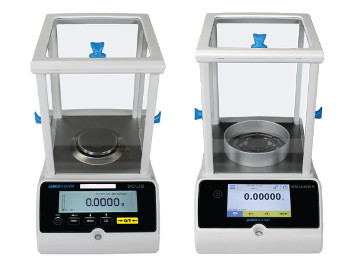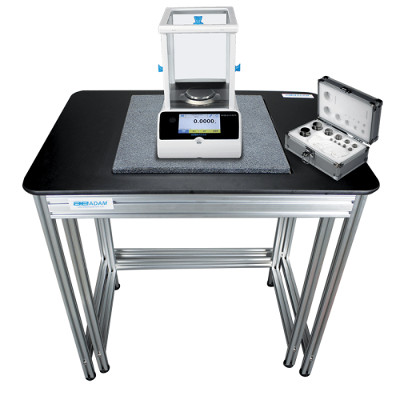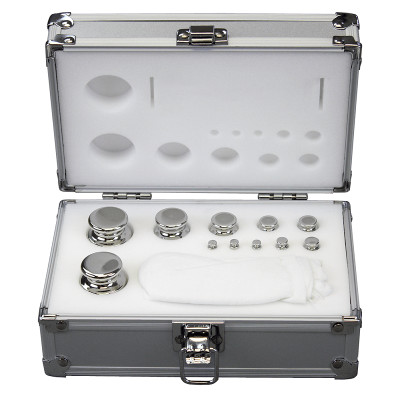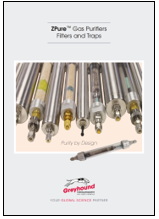Choosing the right Adam lab balance
Lab balances are expensive investments for labs purchasing them. But with so many options available, it can be difficult to pick the instrument that best suits your needs. In this post, we’ll look at the deciding factors that can help you choose which weighing device to buy for your lab.
Does a higher price tag equal a better balance?
Not always. Brand can be a factor; some balances are very similar, but the branding will add some costs. The higher price can also be due to specific higher-end features such as Bluetooth connection or a statistics mode. These features might be unnecessary or not worth the price. Capacity and readability also affect the price tag; even within the same product range, the models with higher precision tend to be more expensive.
What are you weighing?
The first step of picking the right balance is to examine what you’ll be weighing, and what for. This will help determine capacity and readability. What will you be weighing most often? How much of it will you weigh? You should also consider the size of the samples. Make sure the balance’s weighing pan is large enough to accommodate them. Weighing larger items usually requires a higher capacity. Don’t forget that beakers or containers count as part of the total weight.
It might be tempting to buy the most precise balance available for your budget. Don’t. The more precise the balance, the more factors such as vibrations, static electricity or air currents affect it. If you don’t need a readability of 0.001mg, you’ll just make it more difficult for yourself to use the balance.

Precision Balances are better for field experiments or quality testing, since they tend to feature a higher capacity and sturdier construction. They’re quite precise but can still be moved around or used in less than ideal conditions.
To weigh very fine samples (for pharmaceutical applications, for example), analytical or semi-micro balances are the way to go. They’re meant to be used in a designated workspace in regulated environments. They’re acutely precise and extremely sensitive to the smallest changes. If you weigh fine powders, a draft shield can help prevent the sample from being affected by the environment.
All lab balances should feature high repeatability; being able to replicate an experiment and obtain the same results is paramount in science.

Which features and functions are important in a lab balance?
Once you’ve figured out just how precise your balance should be, you can start considering what the balance should be able to do. You can separate them into essential features (absolutely needed to do your job) and non-essential yet convenient (for example, a high-resolution display).
A highly visible display is important, since you’ll spend a lot of time looking at and recording results. Even when balances are connected to computers and results are automatically transmitted, it’s important to clearly view results. It can also be useful to navigate through menus and databases. If the balance has a touchscreen, make sure you can still use it wearing latex gloves.
Balances feature a wide variety of functions, from counting to percentage weighing or statistics. Chemists might need a formulation function, whereas a quality control lab could want percentage weighing function.

GLP Printouts and formatting are essential. Make sure the balance will output the data you need for your lab’s records. Balances should also be able to connect to LIMS and other lab management systems, as well as transfer results to applications such as Excel.
Most modern lab instruments connect to computers and/or printers. Balances usually have a standard RS-232 connection. It might be worth paying extra for a USB slot if you use USB connectors or flash drives often. Some balances also offer wireless connection capabilities, but they’re usually more expensive.
The balance’s construction is important too. If you weigh certain chemicals, it might be necessary to have a balance with a weighing pan made of non-corrosive metal. A field balance should be very sturdy, and spill-resistant housing can be useful in busy labs where liquids are frequently weighed. Most importantly, a balance should be easy to clean. Some balance feature removable weighing pans to help during routine maintenance.
Which accessories do I need for my lab balance?
Accessories can improve a balance’s functionality or fulfill specific functions. Printers can be useful for record-keeping. Cables transfer information to other devices. Ionizers help reduce the impact of static electricity on your balance’s results. An anti-vibration table can be set up to create a dedicated workstation for your balance, and to help prevent vibrations from interfering with the balance’s operation. Use a carrying case to protect the balance during transportation.

Desity Kits could be worth purchasing for engineering labs. Make sure you buy a kit that fits your balance. Some lab balances have security functions like a lock and cable slot, or password protection, which can be useful to prevent the balance from being moved or used by unauthorized users. Software like AdamDU simplify data collection and analysis.
What is internal calibration and does my balance need it?
Internal calibration is quite practical but more expensive. It’s usually quicker than external calibration, and some balances can even self-calibrate if they detect ambient changes. How often must you calibrate your balance? It could be worth paying extra for a speedier calibration process, or to perform automatic calibration outside of working hours, especially if the balance is exposed to varying conditions. If your lab has dedicated personnel and a calibration station, external calibration could work for you. Don’t forget that external calibration also requires a calibration kit.

Balances are important components of lab work, and we hope this guide will help you during the selection process. Feel free to browse our website to learn more about Adam Equipment’s lab range. Still unsure? Contact us and we’ll be happy to answer any questions you might have.
CONTACT US
Tel: +44 (0) 151 649 4000
Email: marketing@greyhoundchrom.com
FOLLOW US
YOU MAY ALSO BE INTERESTED IN OUR NEWSLETTER











